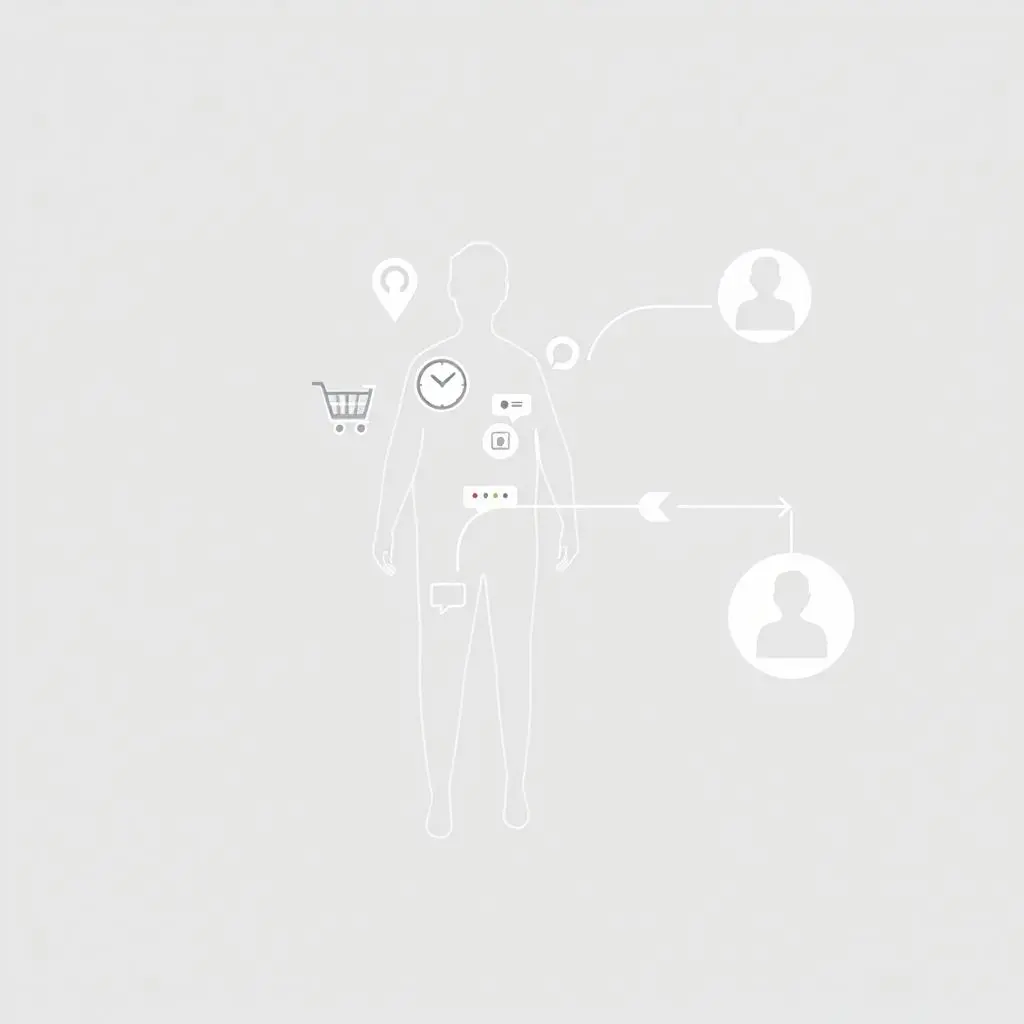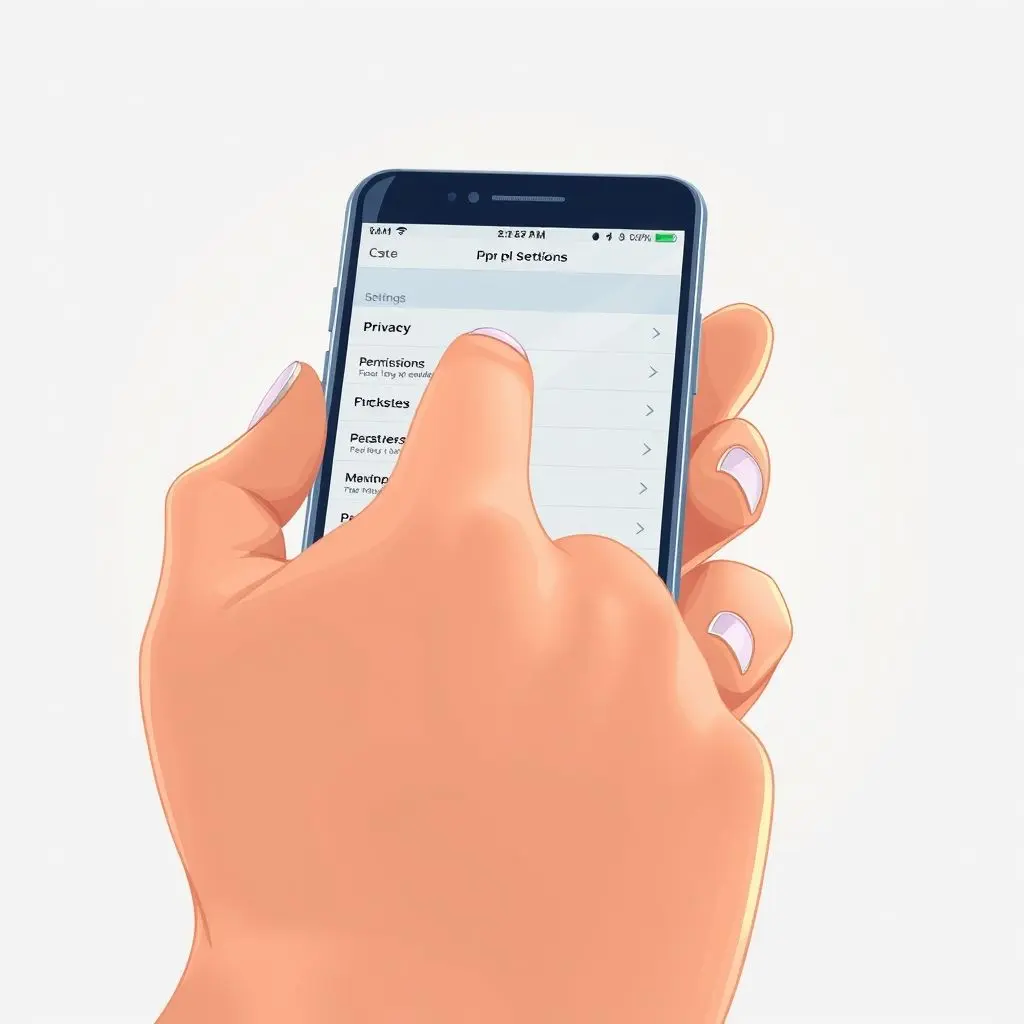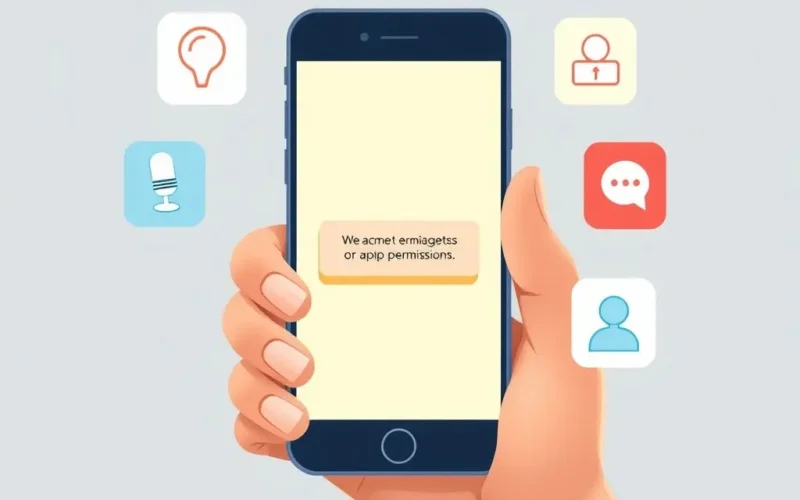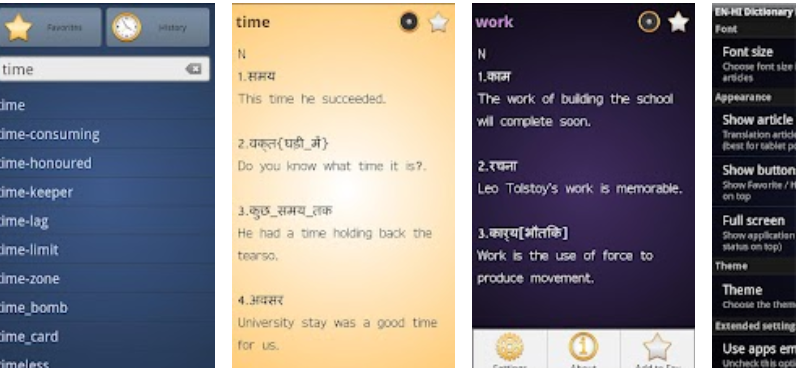Let’s be honest. In our rush to download that new game, productivity tool, or social media fix, how many of us *actually* read the entire privacy policy or carefully review every single permission request? We tap ‘Agree,’ ‘Allow,’ ‘Install,’ and just like that, we’re in. Convenience often wins over caution.
But what exactly are you agreeing to? It turns out, your smartphone apps are collecting a wealth of information about you, often far more than you might initially suspect.
Table of Contents
Beyond the Obvious: Understanding App Permissions
When an app asks for permission to access your location, camera, microphone, or contacts, that’s just the tip of the iceberg. These are the most visible requests, designed to enable core features. For example:
- Location: Essential for mapping or weather apps. Can be collected in the background.
- Microphone: Needed for voice commands, recording audio, or video calls.
- Camera: Required for taking photos, scanning QR codes, or video calls.
- Photos/Storage: To save or access media files on your device.
- Contacts: For finding friends on social apps or inviting people to use a service.
Granting these permissions allows the app to potentially access sensitive data even when you’re not actively using that specific feature, depending on how the permission was granted (e.g., “Allow all the time” for location).

The Deeper Dive: Data Collected From App Usage
Where things get truly extensive is the data collected about *how* you interact with the app and your device environment. This often happens without a specific pop-up permission request because it falls under the broad terms of service you agreed to.
Activity Inside the App
Apps track your in-app behavior meticulously:
- What features you use and how often.
- What you search for within the app.
- What content you view, watch, listen to, or read.
- Items you add to a cart or wishlist.
- Purchases you make.
- How much time you spend in the app or on specific screens.
- Your clicks, scrolls, and gestures.
Device and Network Information
Apps also gather data about your device and connection:
- Device model and operating system version.
- Unique device identifiers (like IDFA on iOS or GAID on Android), which are resettable identifiers used for advertising.
- IP address, which can indicate your general location.
- Mobile carrier information.
- Battery level and signal strength.
- Even details about nearby Bluetooth devices or Wi-Fi networks, which can be used for location tracking or understanding your environment.
Other Connected Data
Depending on the app’s function and the permissions granted, they might access:
- Calendar events.
- Call logs and SMS logs (though modern OS versions have restricted this significantly for non-default apps).
- Data from other apps installed on your device (less common now due to stricter OS sandboxing, but certain types of broad permissions or vulnerabilities can sometimes expose this).

Why This Data Grab? The Purposes Behind Collection
Why do apps want all this data? The reasons vary, but often fall into these categories:
- Improving Features and User Experience: Understanding how people use the app helps developers fix bugs, prioritize updates, and design better interfaces.
- Personalization: Using data to tailor the app’s content, recommendations, or settings to your preferences.
- Targeted Advertising: This is a major driver. By building a profile of your interests, habits, and demographics, apps (or their advertising partners) can show you ads that are more likely to be relevant to you. This is significantly more valuable than showing generic ads.
- Analytics and Research: Aggregating data from many users to identify trends, measure the success of features, and understand user demographics.
- Fraud Prevention and Security: Monitoring activity to detect suspicious behavior.
- Third-Party Sharing/Selling: Apps may share or sell anonymized or sometimes even identifiable data with data brokers, advertisers, or other partners, as outlined (often vaguely) in their privacy policies.

Prefer a quick visual rundown? We put together a short video covering the basics of app data collection:
Building Your Digital Shadow
Each piece of data, whether it’s your location history, search queries, or even the battery level of your phone, contributes to a detailed profile of you. This ‘digital shadow’ is incredibly valuable because it allows companies to predict your behavior, understand your interests, and influence your decisions, particularly through advertising.
As the saying goes, perhaps too often in the data world: “If you’re not paying for the product, you are the product.” While not universally true for all apps, it’s a relevant consideration for many free services funded by advertising or data monetization.
What Can You Do About It? Navigating the Data Landscape
Understanding what data is collected is the first step. Taking action is the next:
- Review Permissions Regularly: Go into your device’s settings (Privacy or Apps section) and review which apps have access to sensitive data like location, microphone, camera, etc. Disable permissions that don’t seem necessary for the app’s core function.
- Read (or Skim) Privacy Policies: While often long and complex, try to find the section on data collection and sharing. Look for specifics on what data they collect and who they share it with. Look for summaries if available.
- Use Privacy-Focused Alternatives: For common tasks like browsing or messaging, consider apps and services that prioritize user privacy and data minimization.
- Limit Ad Tracking: Both iOS and Android have settings that allow you to limit the use of your advertising identifier for targeted ads. This doesn’t stop data collection entirely but can make personalized advertising less effective.
- Be Mindful of Free Apps: Free apps are often funded by data collection and advertising. Consider whether the convenience is worth the data shared.

Frequently Asked Questions About App Data Collection
Q: Does deleting an app delete the data it collected?
A: Deleting an app removes it from your device, but it does not automatically delete the data the company has already collected and stored on their servers. You would typically need to contact the developer directly to request data deletion, though their privacy policy might specify if and how you can do this.
Q: Can apps listen to my conversations using the microphone permission?
A: While the permission grants *access* to the microphone, major operating systems have safeguards against apps constantly recording in the background without clear indication. However, apps could potentially process audio for specific features (like voice commands) or detect ambient sounds if designed to do so and granted permission. There’s no widespread evidence of apps constantly recording conversations for ad targeting, but the potential *capability* exists if permissions are abused or systems are compromised.
Q: What are unique device identifiers (IDFA/GAID)?
A: These are alphanumeric strings assigned to your device by the operating system (Identifier for Advertisers on iOS, Google Advertising ID on Android). They allow advertising networks to track your activity across different apps for targeted ads without necessarily knowing your real identity. You can reset these identifiers in your device’s privacy settings.
Q: Are all apps collecting this much data?
A: No. Data collection practices vary greatly depending on the app’s purpose, business model, and the developer’s privacy principles. Paid apps or utility apps that don’t rely on advertising often collect much less data than free social media, gaming, or shopping apps.
Staying Informed in a Data-Driven World
Every tap, every scroll, every search within an app contributes to a larger story being told about you. Being aware of what data your apps are collecting is a critical step in understanding your digital footprint and making informed choices about the technology you use daily. It’s an ongoing process of staying vigilant and adjusting your settings as needed.





